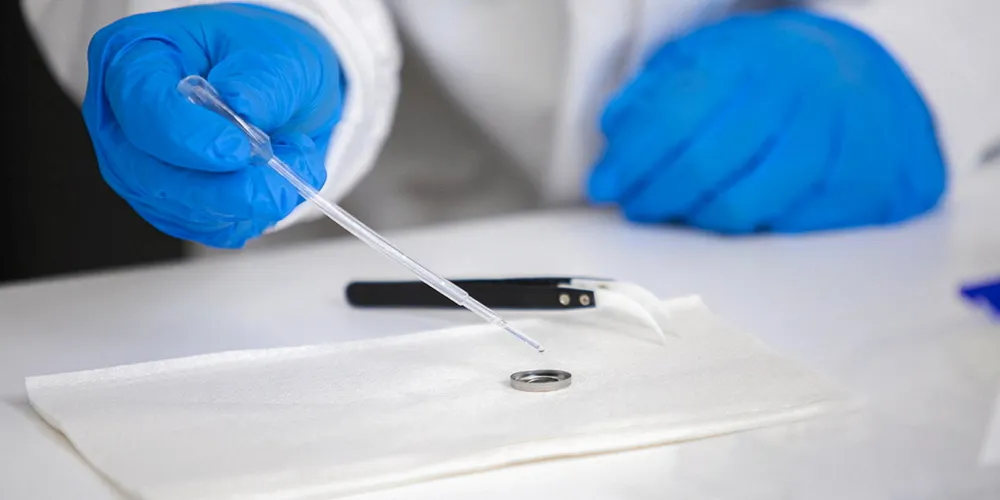Cool under pressure | new ‘water batteries’ can extinguish fire risk of lithium-ion alternative
New water batteries are the latest challenger to an industry-leading lithium-ion technology that remains dogged by safety concerns

New water batteries are the latest challenger to an industry-leading lithium-ion technology that remains dogged by safety concerns
